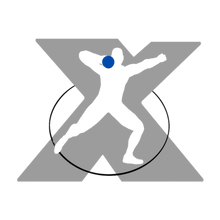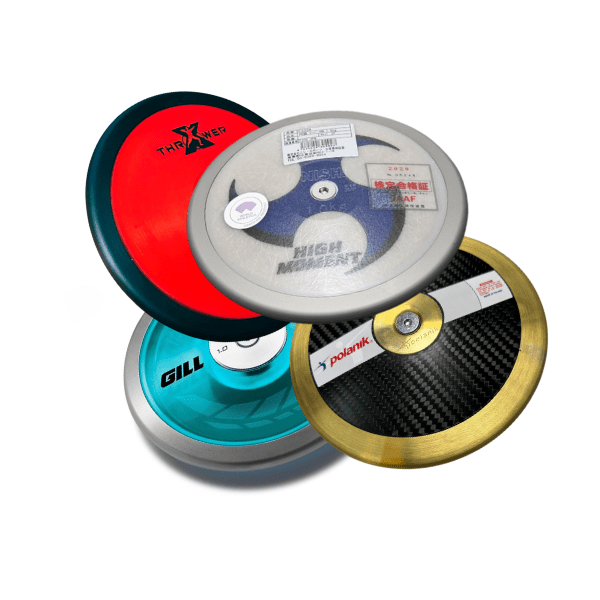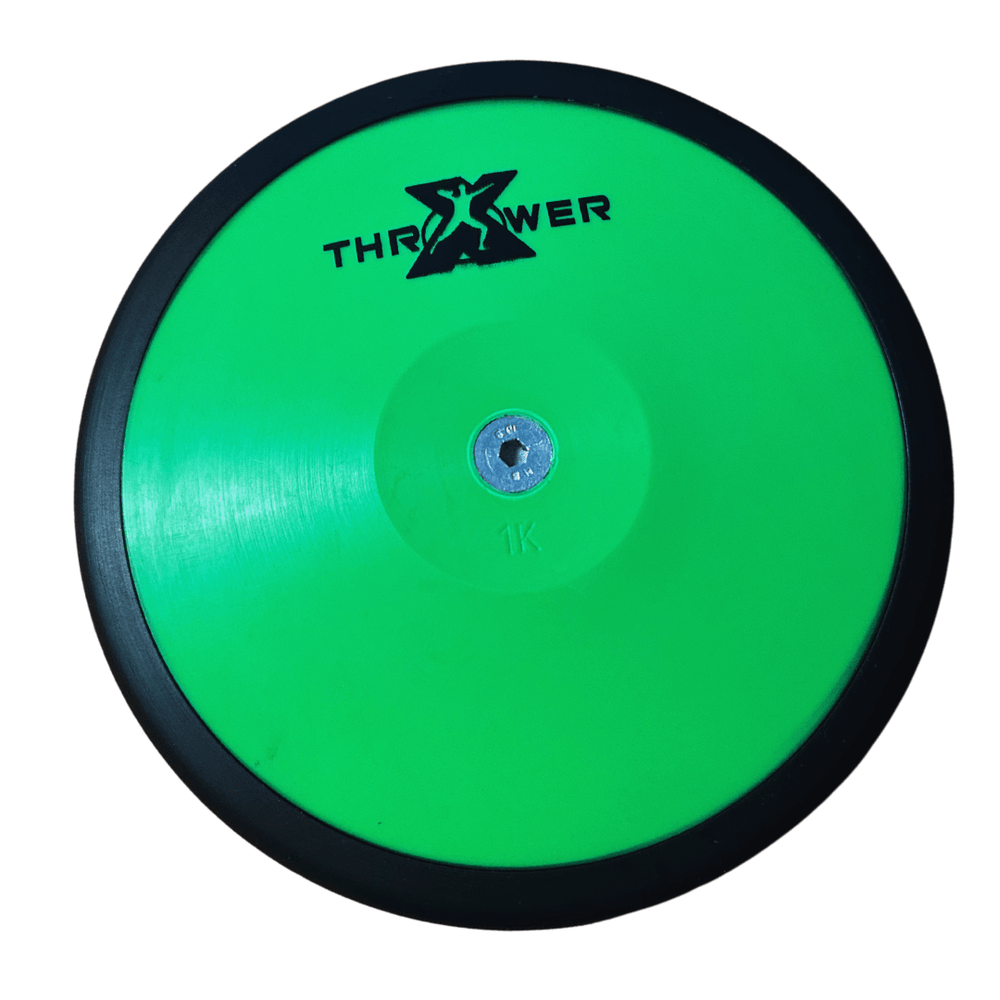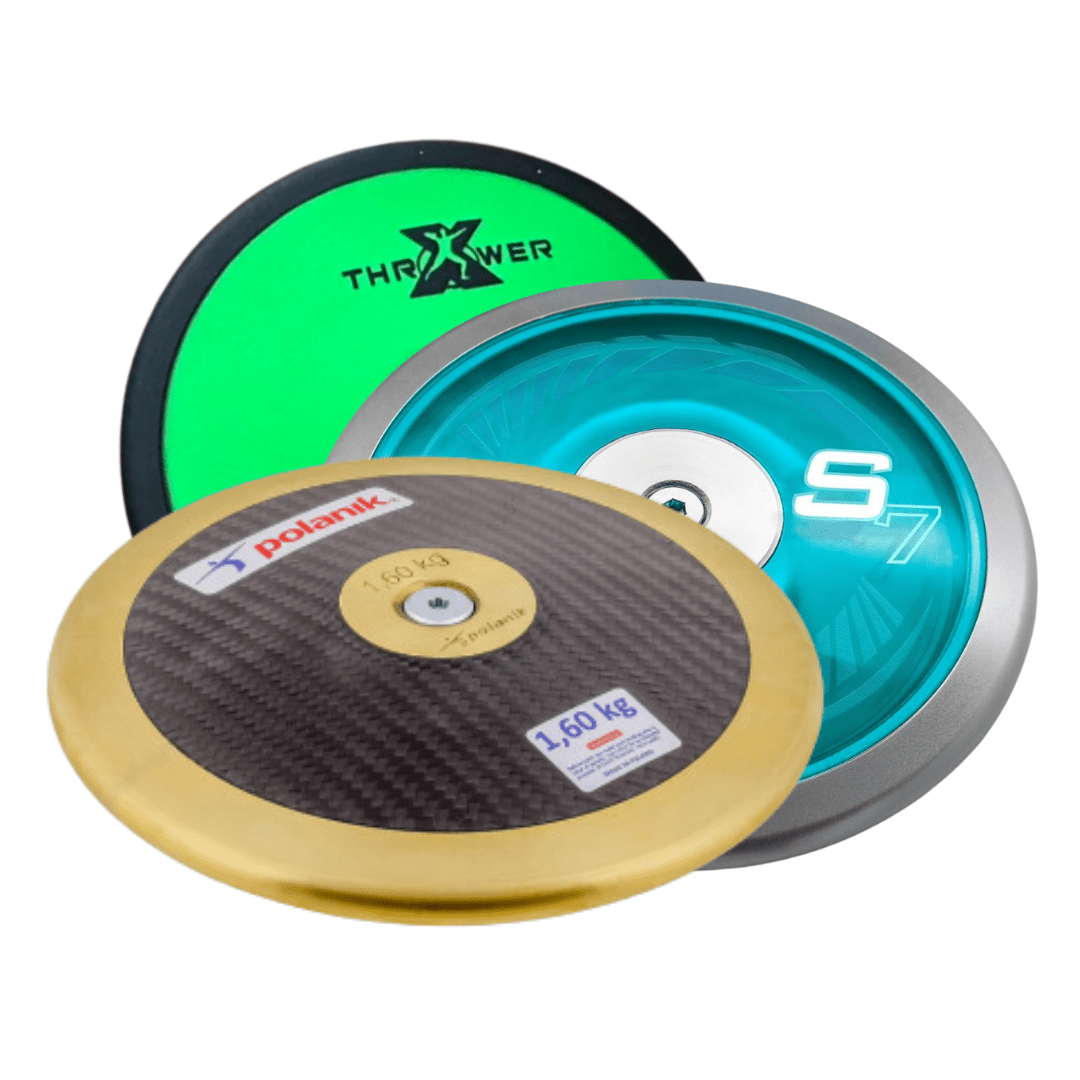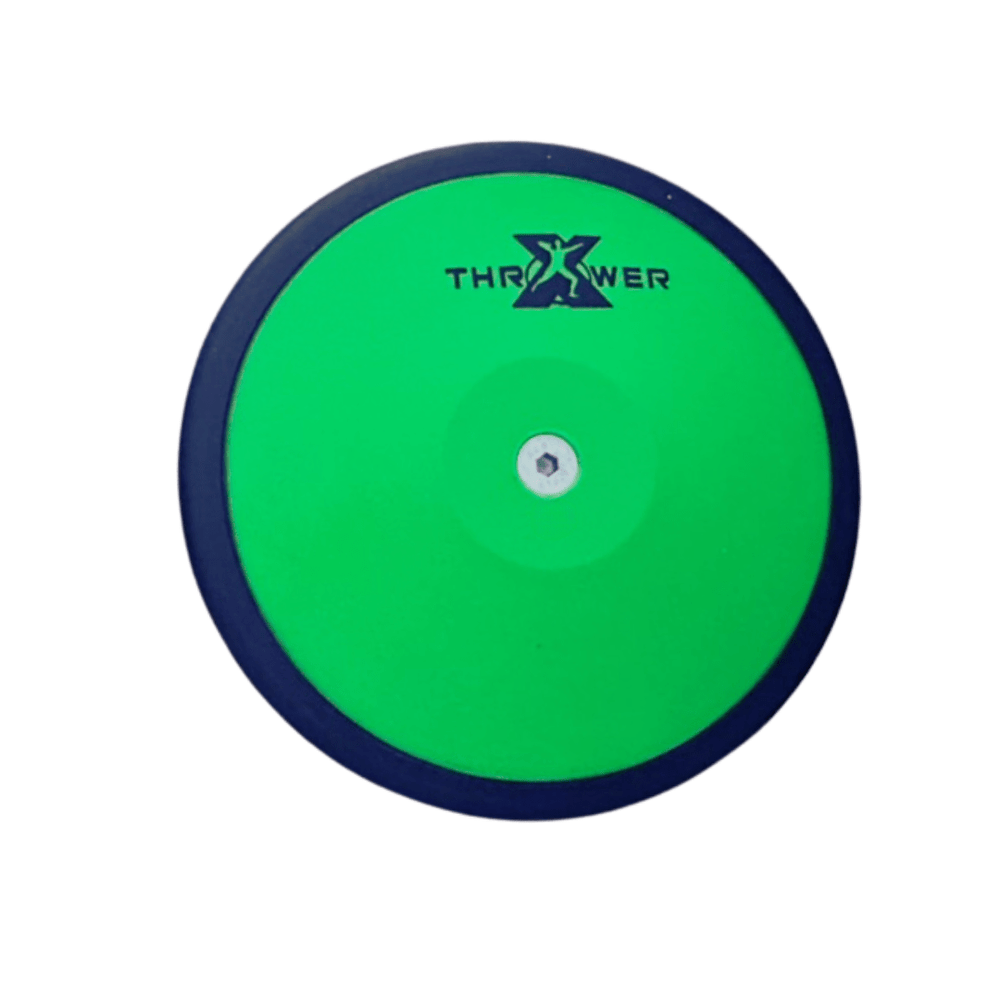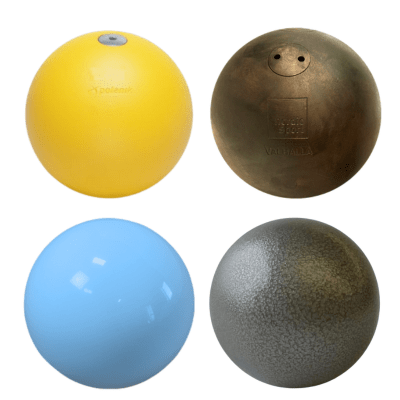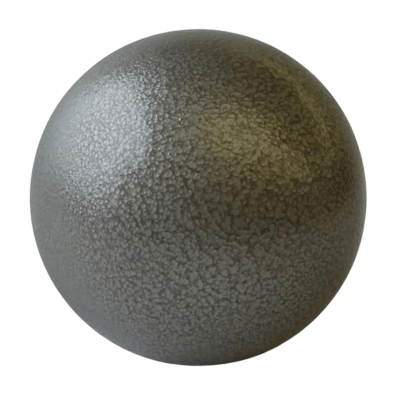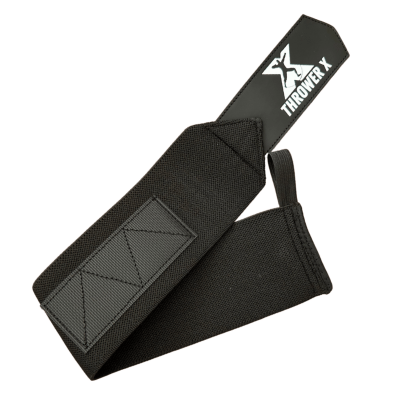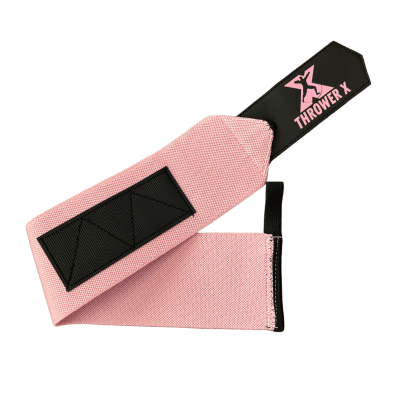Shot Put Standing Throw
Shot Put Standing Throw
The shot put standing throw is the most fundamental shot put movement. It’s used to teach proper throwing mechanics, warm up effectively, and build speed, strength, and sound technical patterns.
Purpose
-
Develop proper release mechanics
-
Reinforce the correct power position
-
Emphasize the sequence of turning and lifting with the legs and hips first
Starting Position (Power Position)
Shot Placement
-
The shot rests at the base of the fingers, not the palm.
-
Glide throwers: The elbow is under the shot, pressing it firmly into the neck just under the jaw.
-
Rotational throwers: The shot is placed near the ear, with the elbow out.
Feet Placement
-
Feet are shoulder-width apart or slightly wider.
-
The right foot (for right-handed throwers) is placed back, roughly aligned with the middle of the circle — this varies based on the thrower’s height and technique.
-
The left leg is slightly staggered forward, allowing the hips to open during the throw.
Body Alignment
-
Shoulders are turned toward the back of the circle, with the trunk slightly twisted.
-
Hips turn toward the back of the circle, creating separation between the upper and lower body.
-
Knees are bent, with weight mostly on the back leg.
-
The left arm is extended and positioned long away from the center of the body for balance.
Throwing Action
Leg Drive and Hip Rotation
-
Initiate the throw by turning the right leg as the bodyweight shifts slightly forward.
-
The hips rotate toward the front (throwing direction) while the upper body stays back briefly, creating separation between the hips and shoulders.
Trunk and Arm Acceleration
-
After the hips open, the torso and shoulders follow.
-
The non-throwing arm opens toward the center of the sector, then moves inward toward the chest, creating a blocking action that slows down the left side of the body.
-
The throwing arm lifts upward, keeping the elbow high and out — think “elbow up.”
-
The throwing hand stays close to the neck, with the thumb down through the release.
Release
-
The legs and hips drive up, then out, maintaining ground contact until the final strike of the shot.
-
The trunk lifts and turns toward the center of the throwing area.
-
The arm pushes up and out at approximately a 35–40° angle.
-
The shot extends off the fingers, finishing with the thumb down and the fingers pointing away from the body.
Finish / Recovery
-
Just before release, the thrower lifts off the ground.
-
After the release, the back leg drives forward, parallel to the toeboard — landing with a flat foot helps maintain balance.
-
The thrower can pivot or turn on the right leg and drop the left arm down toward the back of the circle to stay on balance, while staying inside the ring.
Key Technical Points
-
Drive (lift and turn) with the legs and hips first.
-
Keep the weight back on the right leg as long as possible.
-
Open the left arm toward the center of the throwing sector.
-
Push, don’t throw — the shot is “put” from the neck, not thrown like a baseball.
-
Keep the elbow high — dropping the elbow reduces both power and control.
-
Stay grounded — power comes from the lower body through the kinetic chain; don’t reverse too soon.

